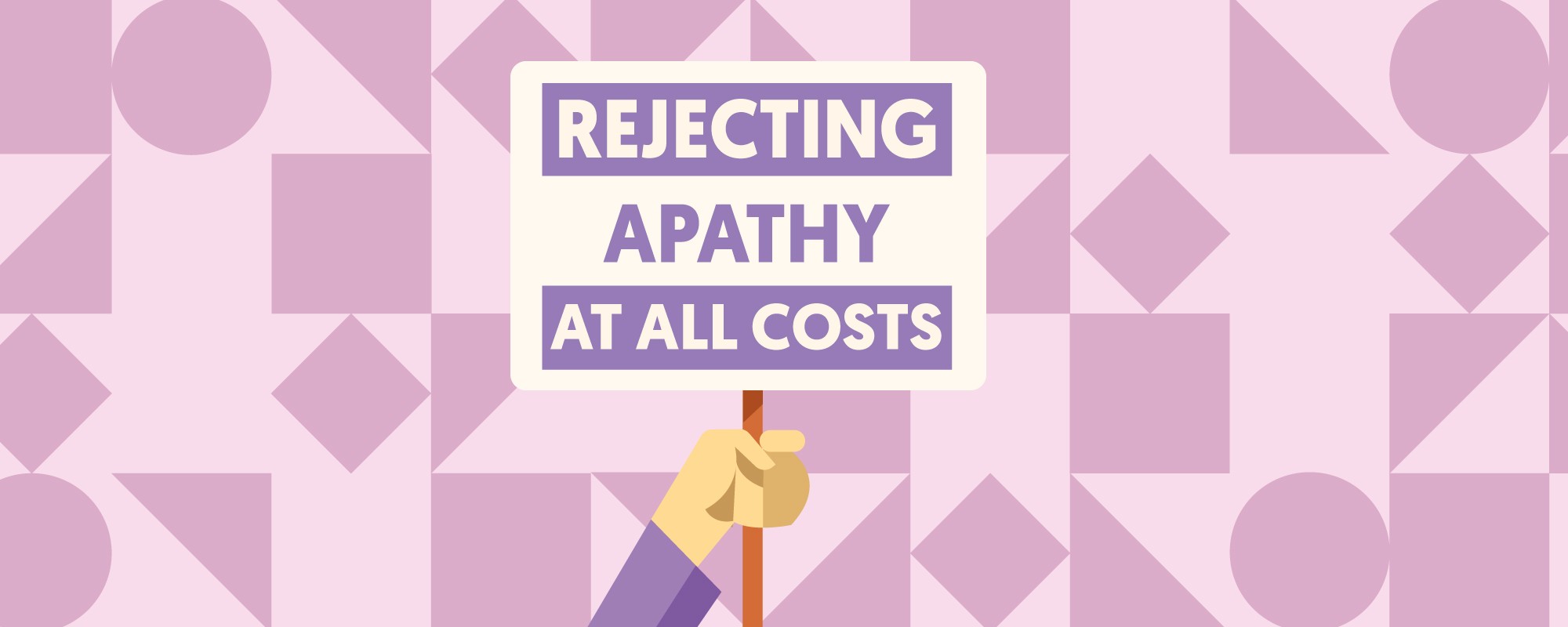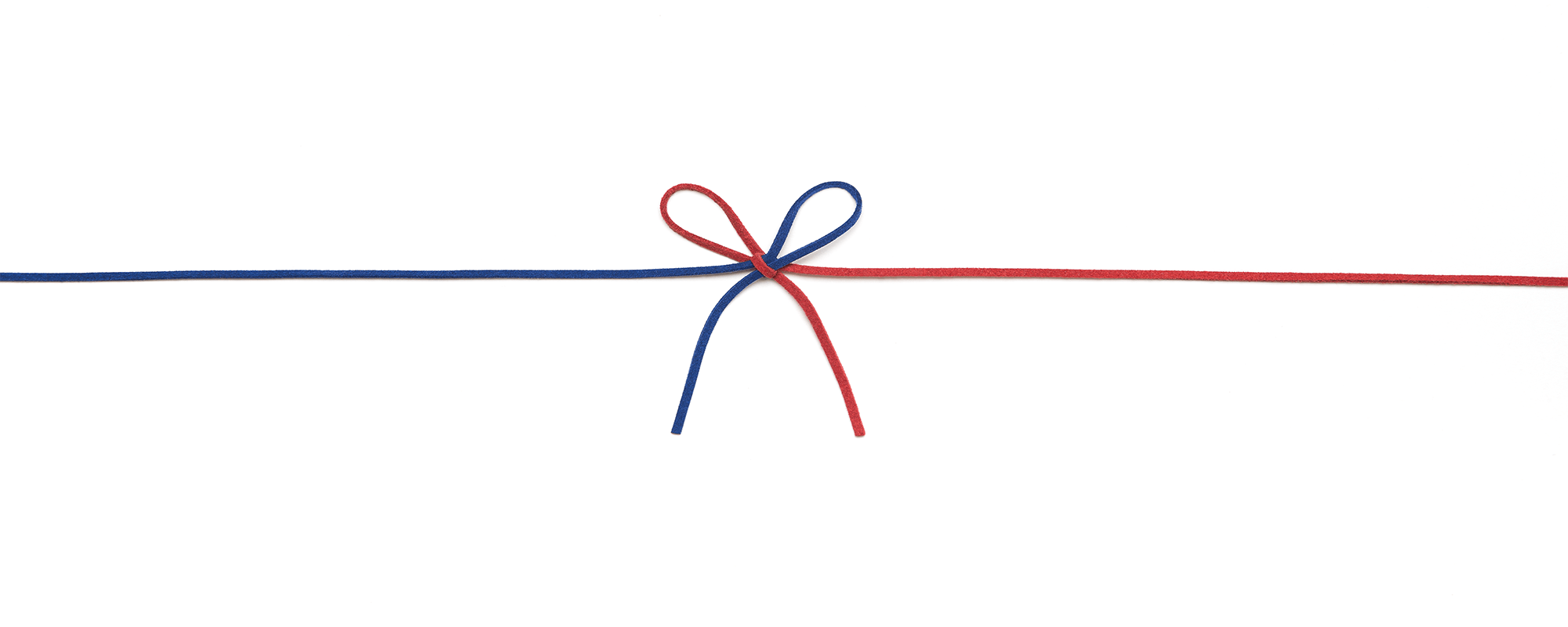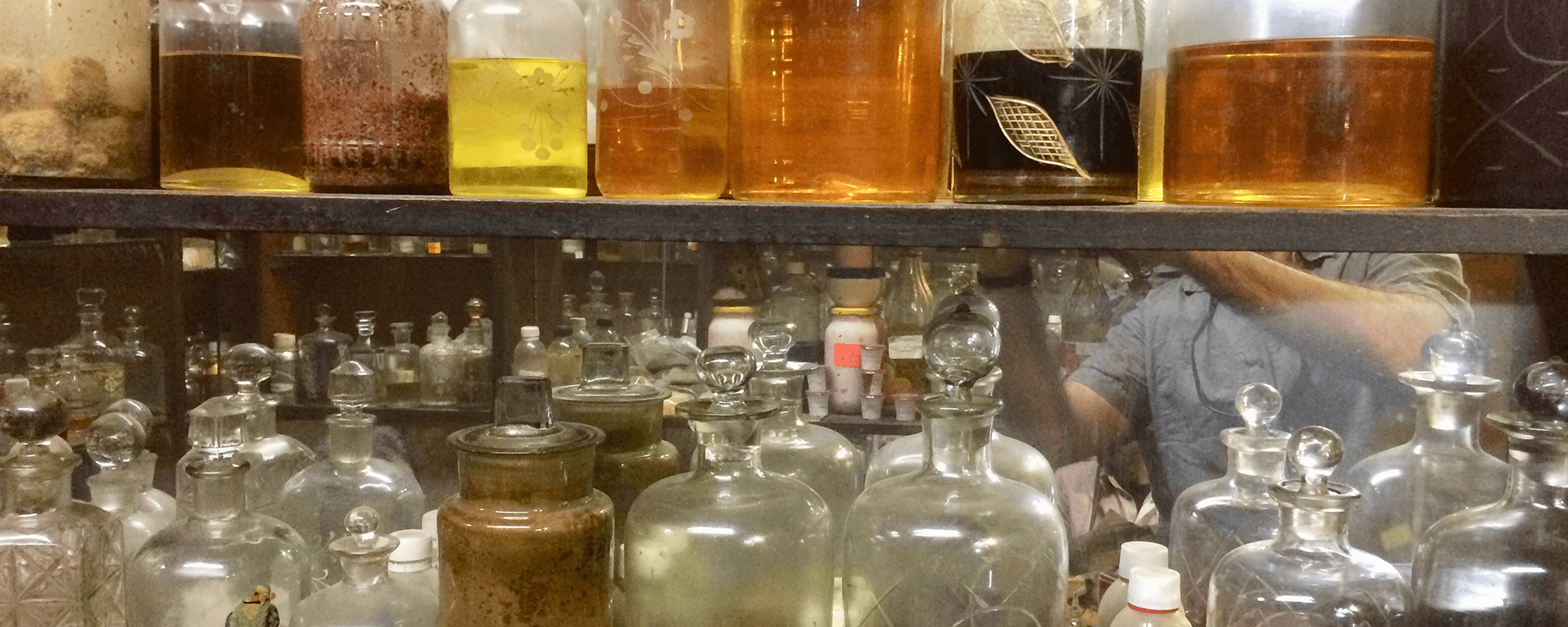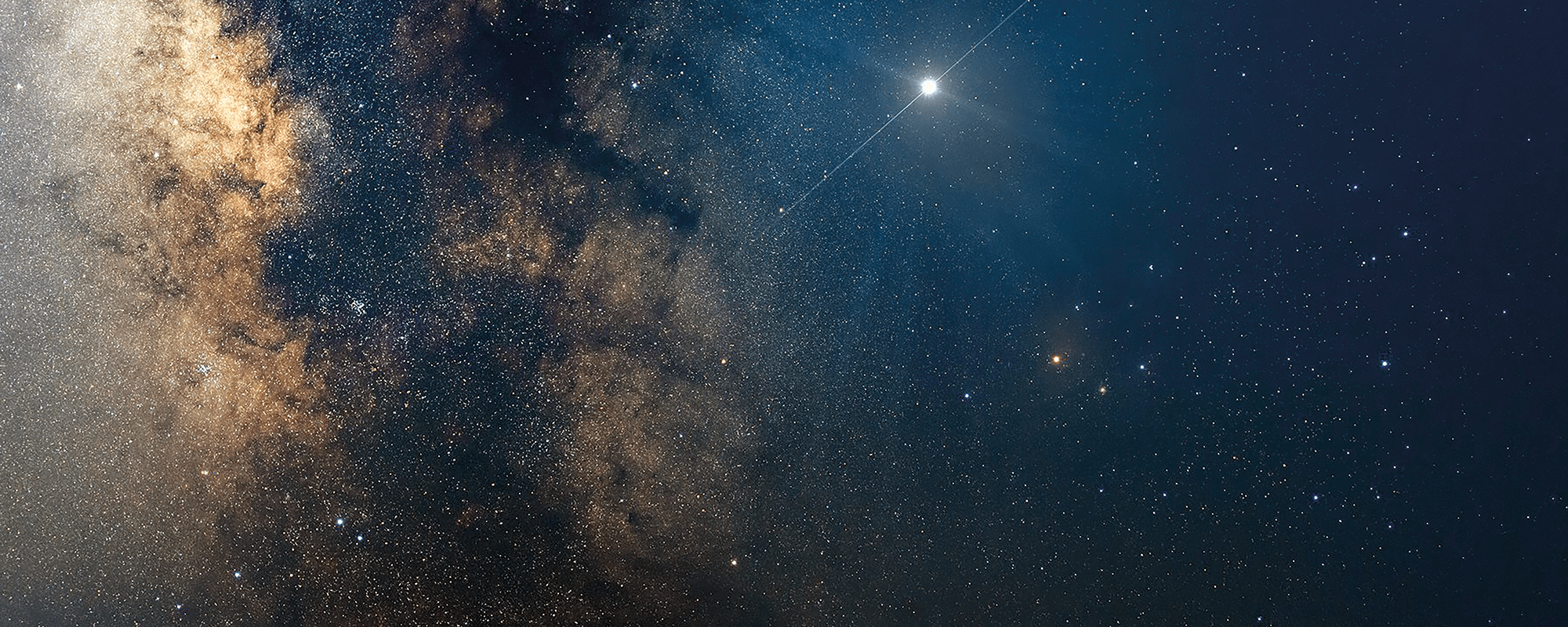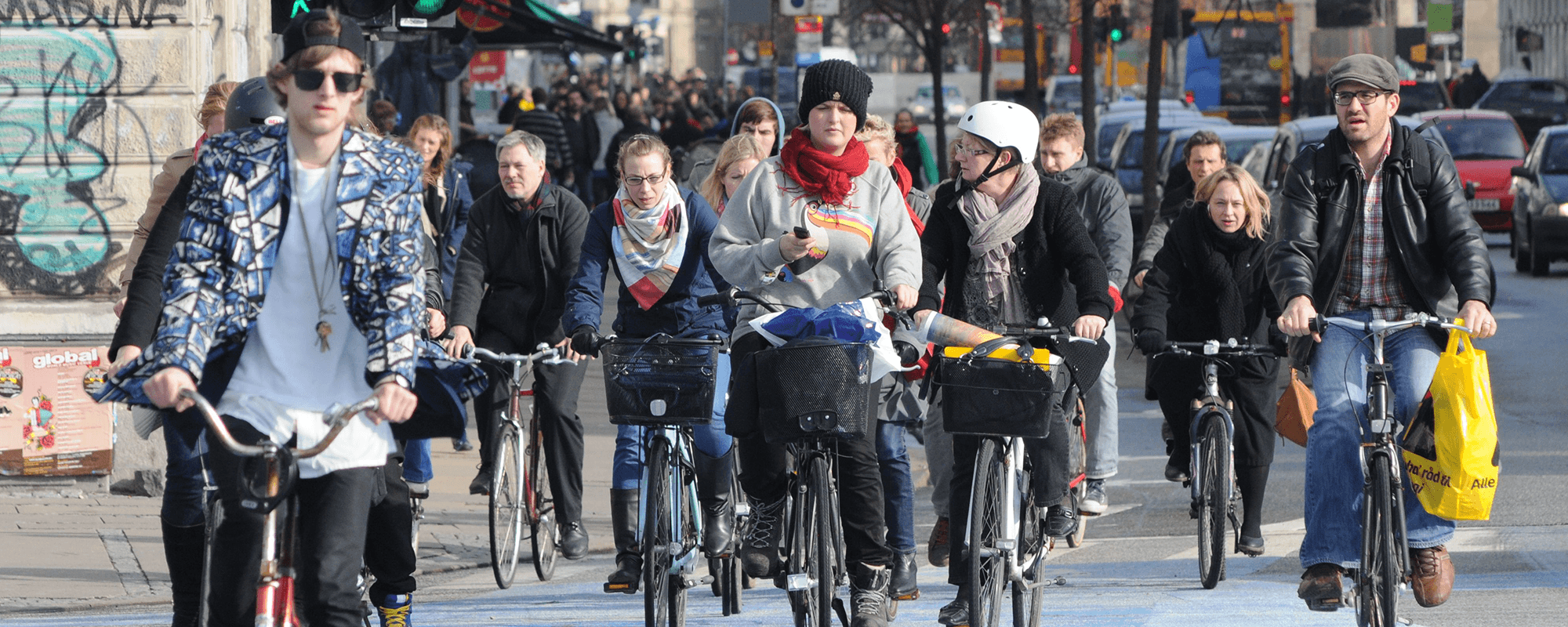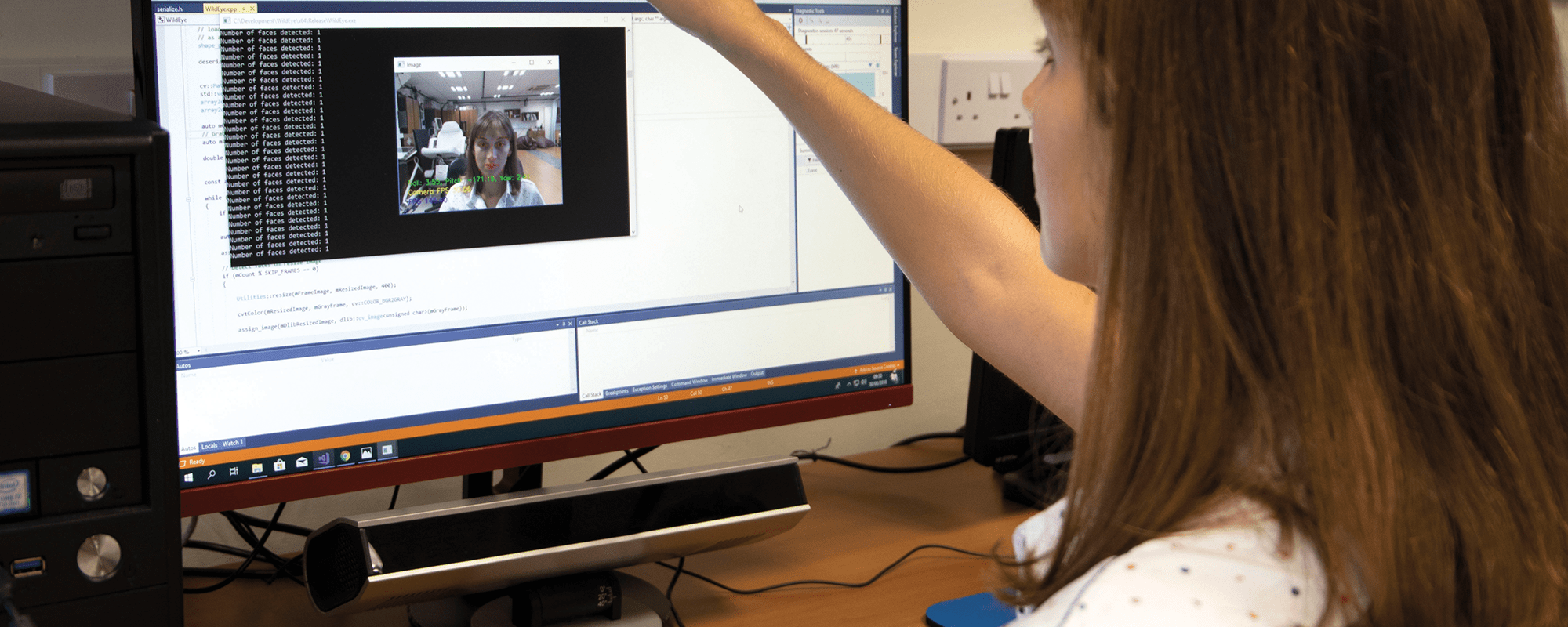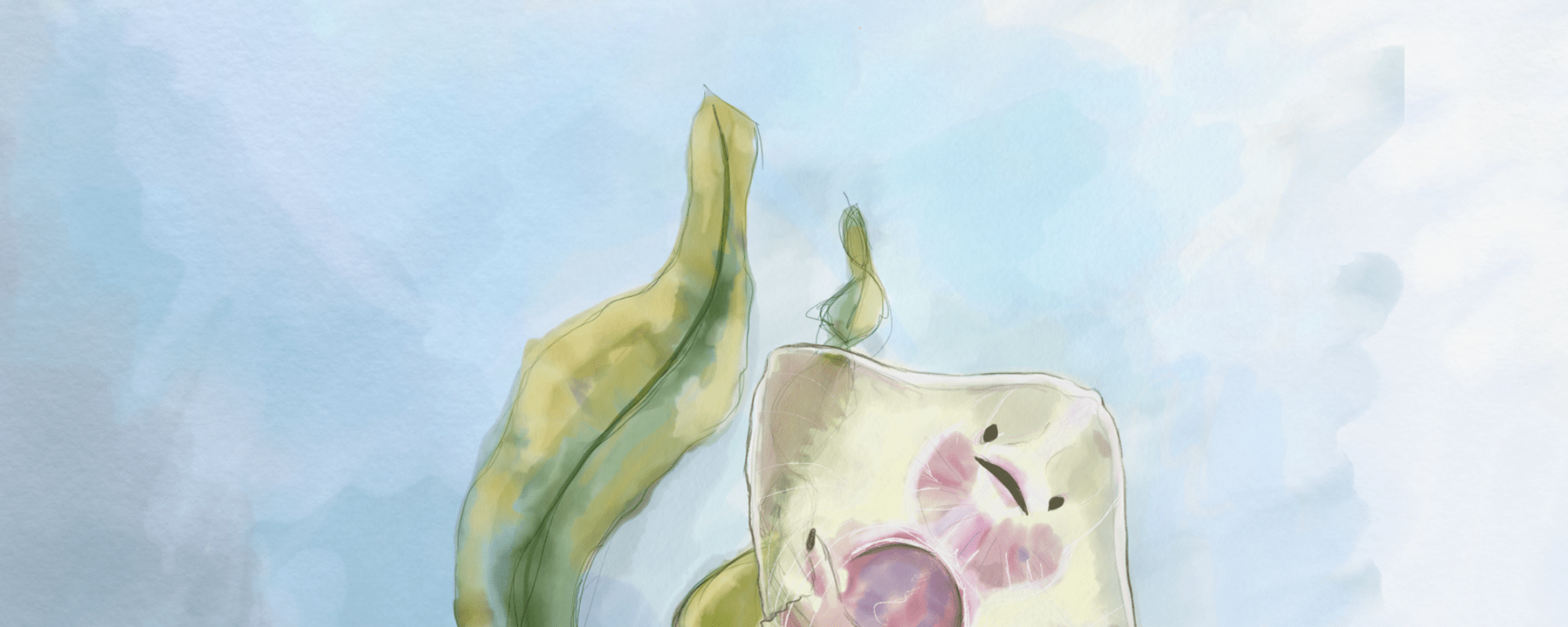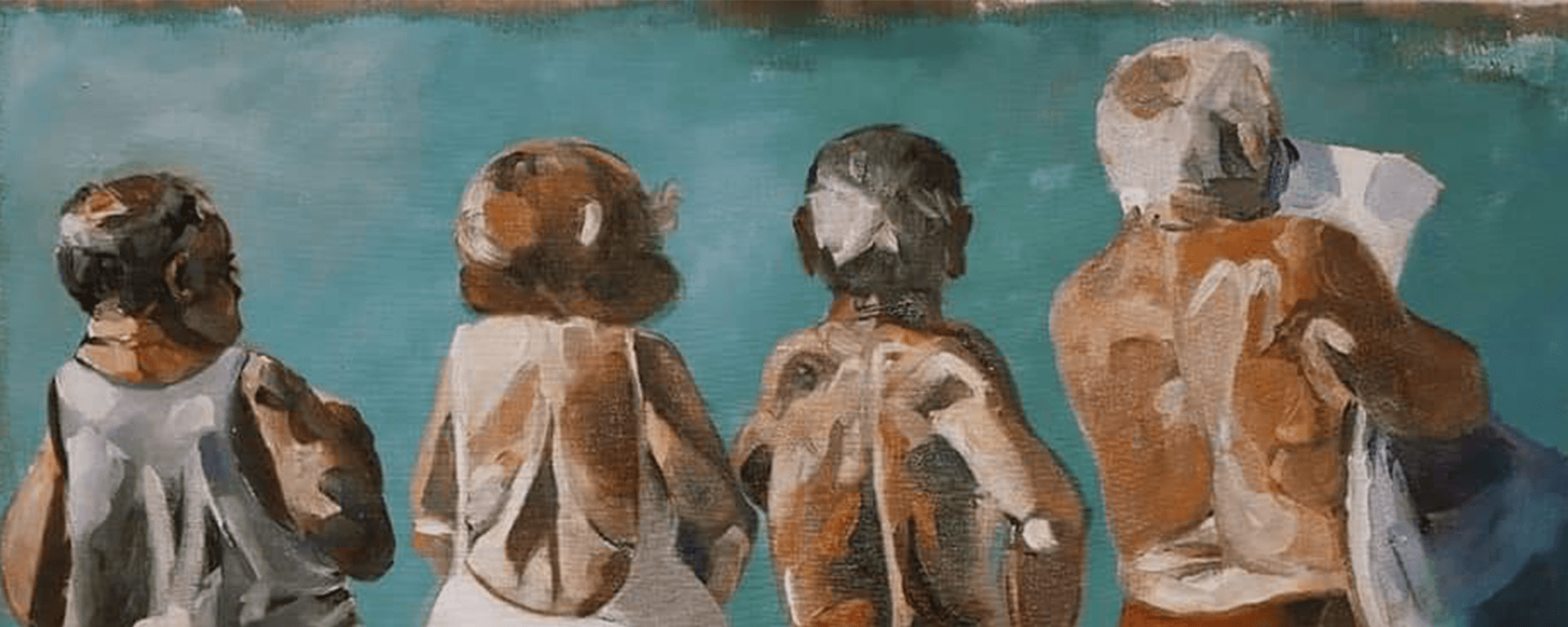Now an unwavering campaigner for women’s rights, lawyer Dr Lara Dimitrijevic tells Teodor Reljić about how the academic community’s action, inaction, and reaction to injustice shaped her life and activism.
From hurdles in reporting domestic violence to Malta’s budding pro-choice movement, hardly any discussion on women’s freedoms goes by without a word from family lawyer Dr Lara Dimitrijevic. Recently nominated for the US Secretary of State’s International Women of Courage Award, Dimitrijevic represents mistreated women in court. She has also founded vocal NGO Women’s Rights Foundation, which trains police enforcement, the judiciary, social workers, lawyers, and activist organisations to treat victims of gender-based violence fairly.
Continue reading
